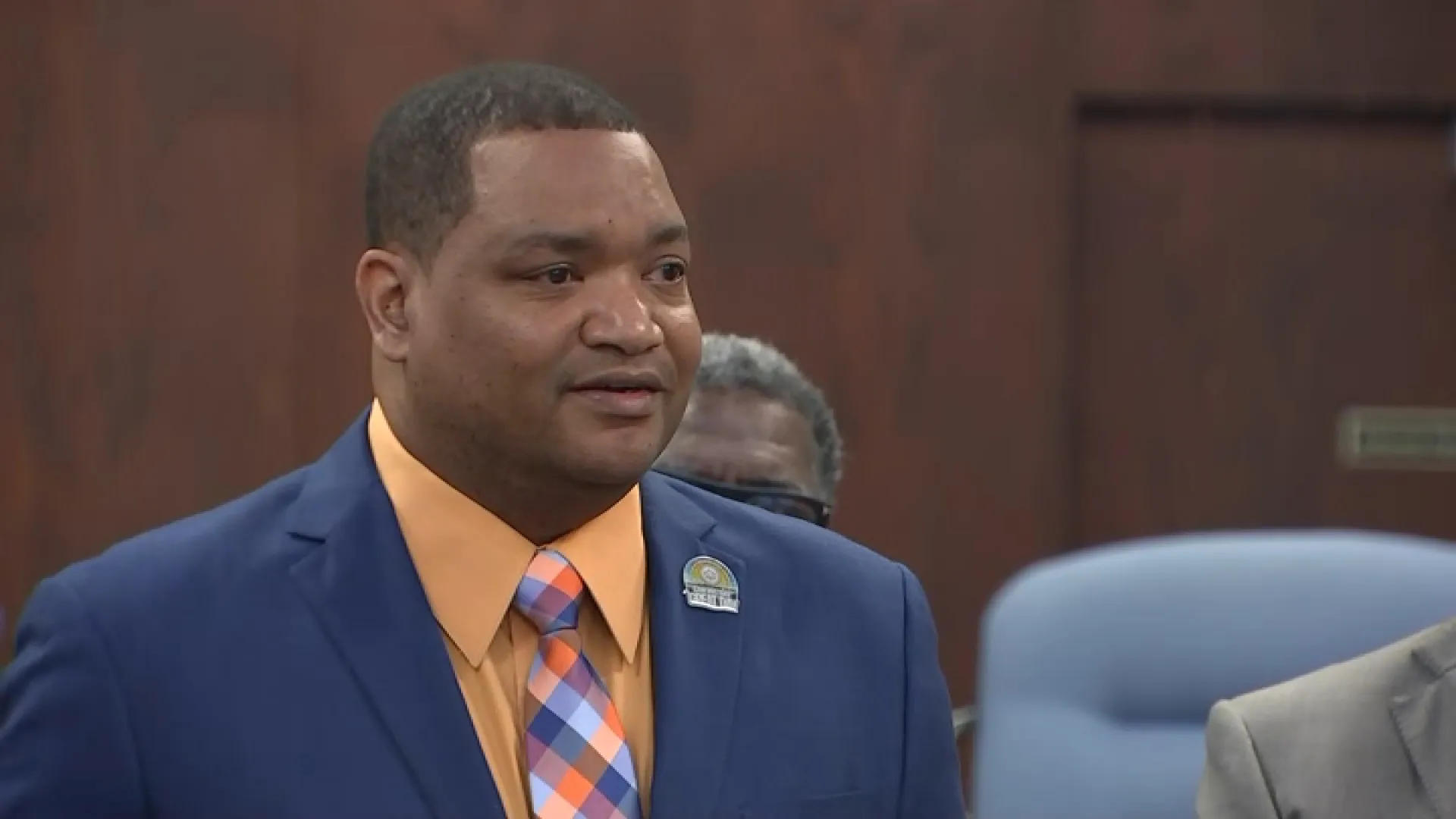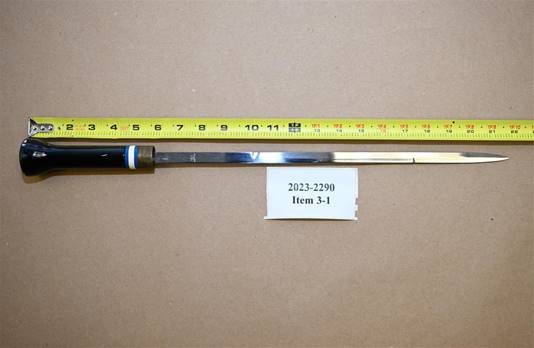Minutes before the train crash last month at 69th Street Station that injured 43 people on the Norristown High-Speed Line, the operator reported that his train failed to brake properly, according to a preliminary report issued Tuesday by the National Transportation Safety Board.
Light rain fell Aug. 22 as the train that would eventually crash at 69th Street tried to stop 17 stops earlier at Gulph Mills Station.
"The operator was unable to stop the train at the Gulph Mills Passenger Station and slid past the platform," the NTSB report states. "The operator reported the missed station and notified the controller at the SEPTA operations control center of slippery rail."
What happened in the minutes that followed, however, was unusual, according to the NTSB report.
"The controller stated that typically, if several slippery rail reports are received, an announcement regarding slippery rail is transmitted to all train operators. However, in this situation, this was the only report of slippery rail received," the report states.
The NTSB did not issue any cause for the crash in the preliminary report. Final reports from the federal agency usually take 12 to 18 months, and even longer occasionally for especially serious crashes.
The crash at 69th Street caused some officials to question if proper safeguards are in place to prevent future crashes on the Norristown High-Speed Line, which connects 22 stations between Norristown and 69th Street.
Local
Breaking news and the stories that matter to your neighborhood.
The report also noted that on the day of the accident, the operator of train 155 had completed eight runs between the Norristown Transportation Center and the 69th Street Transportation Center using the same single-railcar train.



